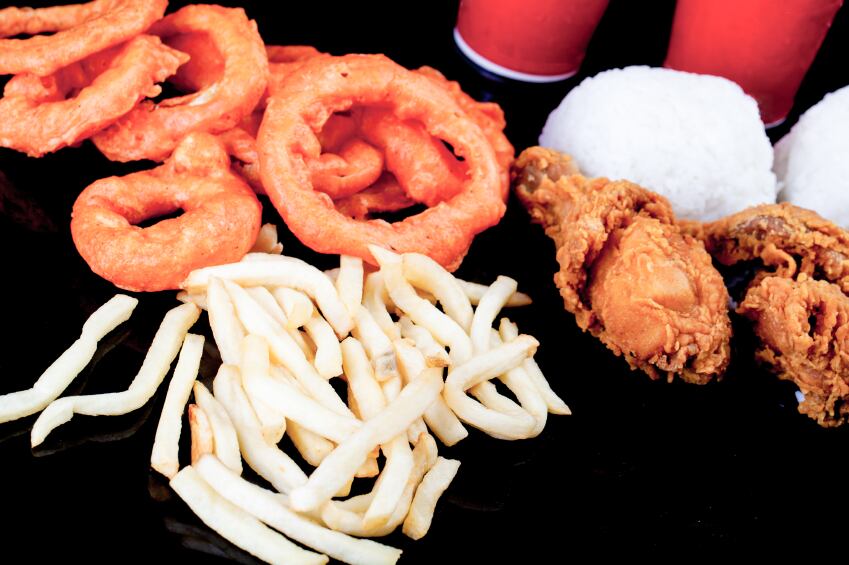Around 150,000 households took part in the National Food Survey (NFS) from 1974 to 2000 filling out dairies of their weekly food and drink purchases, which was originally set up in 1940 to assess the diet of urban working class households.
Released as part of a drive to increase the transparency within the UK’s Department for Environment, Food and Rural Affairs (DEFRA), along with data up until 2014, the figures show how technological developments have been instrumental in changing what consumers can purchase. In 1974 only 15% of households surveyed owned a freezer compared with 94% in 2000. This meant typical items on a shopping list from 1974 included canned desserts, peas and potatoes an equivalent household in 2000 bought frozen peas and chips.
The proportion of a household’s income that is spent on food has also dropped considerably from almost a quarter in 1974 (24%) to just 11% today.
Healthy / unhealthy
Consumption of white bread has dropped by 75% since 1974 while sales of brown and wholemeal bread has risen by 85%, and sales skimmed milk overtook whole milk back in 1991 which, for DEFRA, is representative of a “health consciousness and improved awareness and desire to be healthier.”
But while reduced- or zero- calorie drinks have edged their way in to make up half of all soda drink purchases in 2014, and consumption of both fresh and processed fruit has risen by 50% since 1974, so has the popularity of unhealthy foods.
Consumption of chips, crisps, pizza and ready meals has skyrocketed, and the popularity of takeaway food has also nearly doubled since 1974, rising from 80 g per person per week in 1974 to 150 g, with chips making up 33 g of this. Also featuring heavily are “meat-based meals” (32 g), kebabs (10 g), chicken (7 g) and burgers (5 g).
According to dietitian Dr Carrie Ruxto, this so-called health conscious drive is belied by burgeoning rates of obesity and type 2 diabetes.
“We may be more health conscious but I suspect consumers are looking for quick health fixes, such as drinks, snacks, shots and functional ingredients, rather than taking the more difficult step of eating fewer high calorie treat foods and drinks,” she told FoodNavigator.
Across all socio-economic groups, younger and middle-aged adults are eating a significant proportion of their daily calories from biscuits, cakes, crisps, soft drinks, confectionery and fried foods which are energy dense and often nutrient-poor. They are also cooking less at home, preferring to eat out cheaply in places where large portion sizes are the norm. It is no wonder that our nation’s waistlines are continually

expanding, with the consequence of higher diabetes rates.”
According to the environment secretary Elizabeth Truss, the data reveal Britain's “food revolution”.
“Shoppers are more plugged in to where their food comes from than ever before, the internet has brought quality produce to our doorsteps at the click of a button, pop up restaurants are showcasing the latest trends and exciting global cuisines are now as common as fish and chips.”
“We’ve only scraped the surface of what the National Food Survey can tell us and from local food maps and school projects to predicting new food trends, I look forward to seeing how this data can be used to learn more about our past and grow our world-leading food and farming industry in the future.”
Changing society
The questionnaire itself also reveals societal changes that go beyond the scope of food. As DEFRA itself notes, “the survey finally entered the twentieth century in 1991 when it stopped asking the ‘housewife’ to fill out the questionnaire.”
Meanwhile, fewer households source their own food and in 1991 the survey dropped a question asking households if they kept chickens for free eggs.
The initial open data is available for download here.
